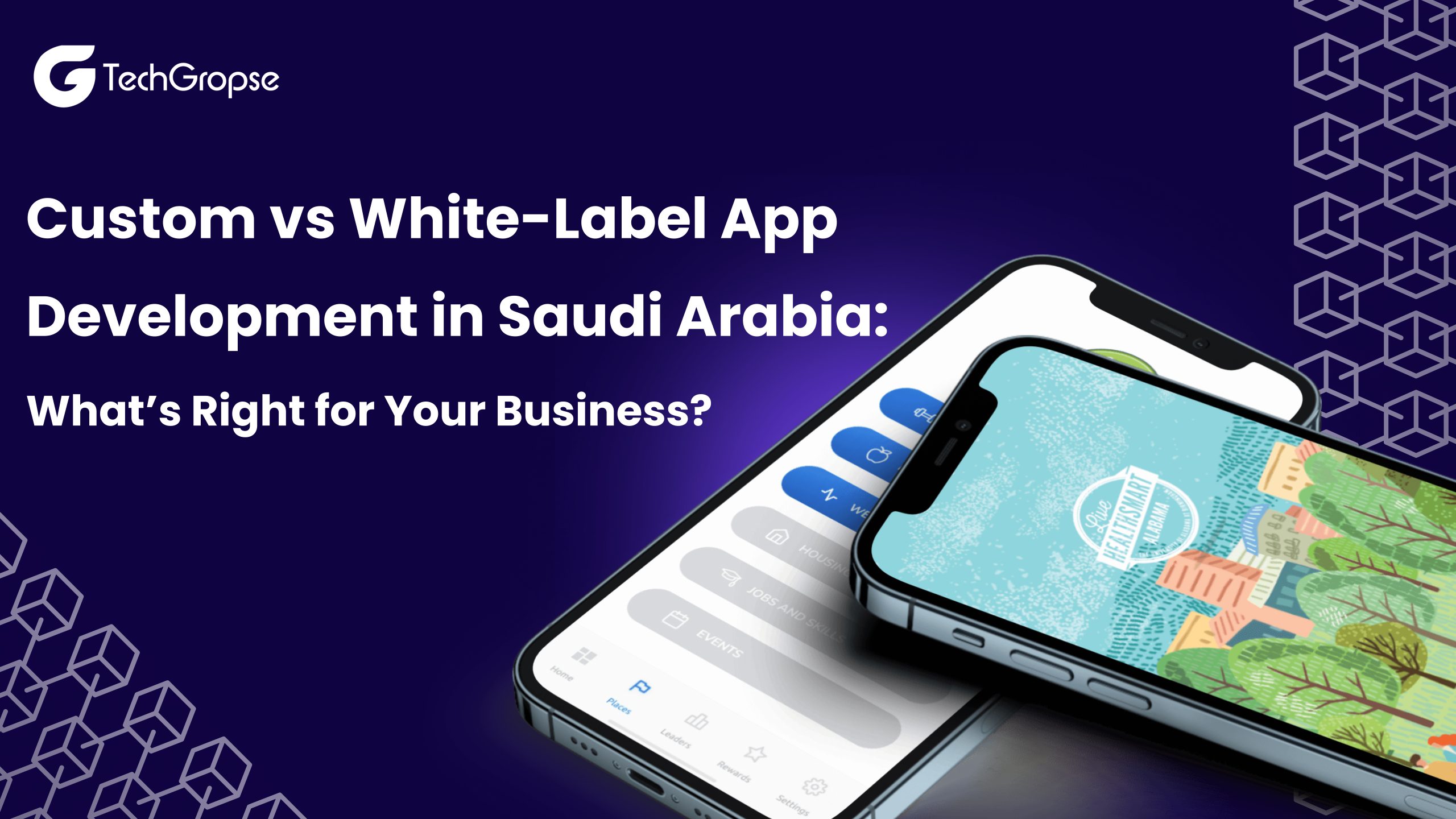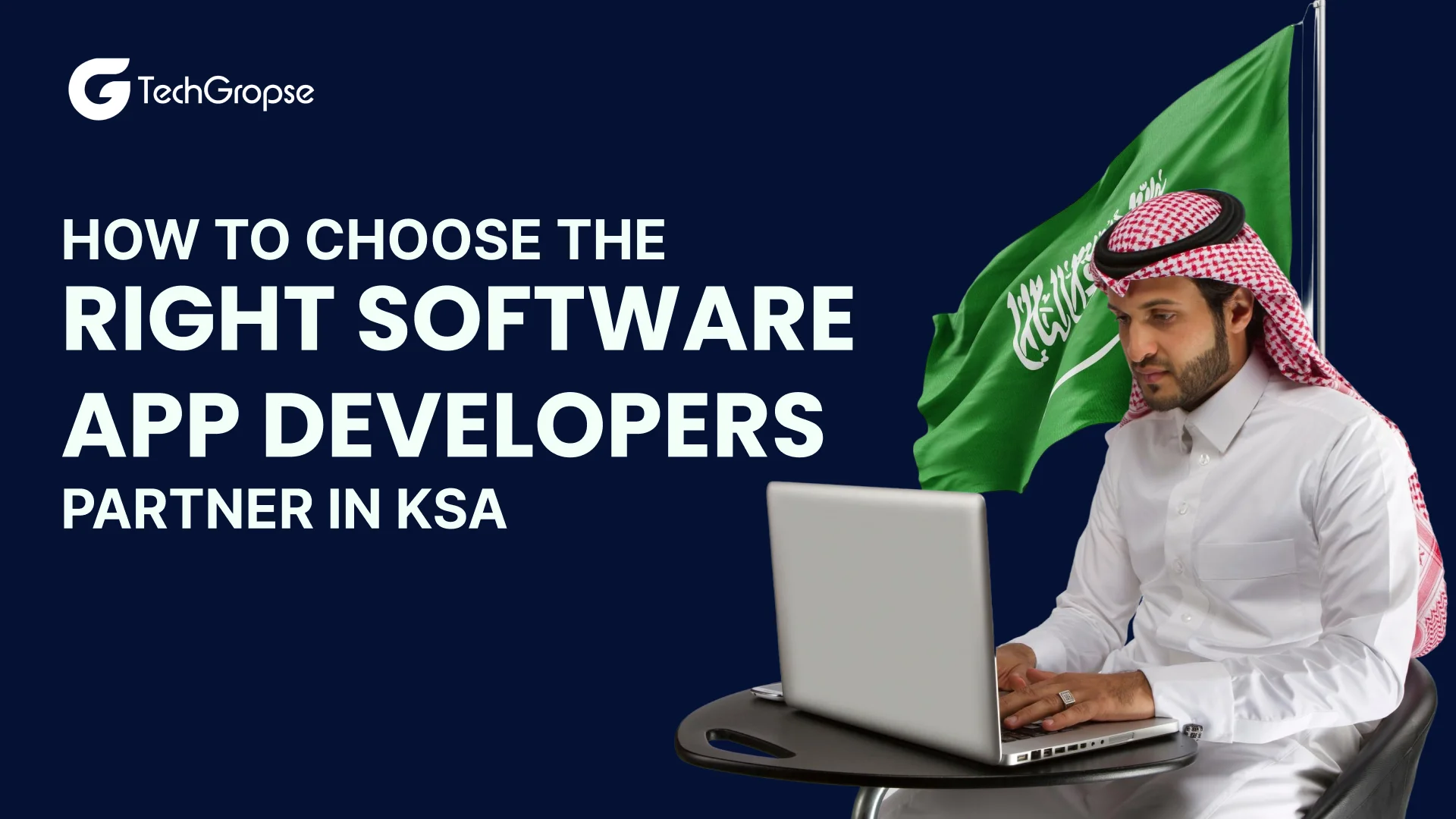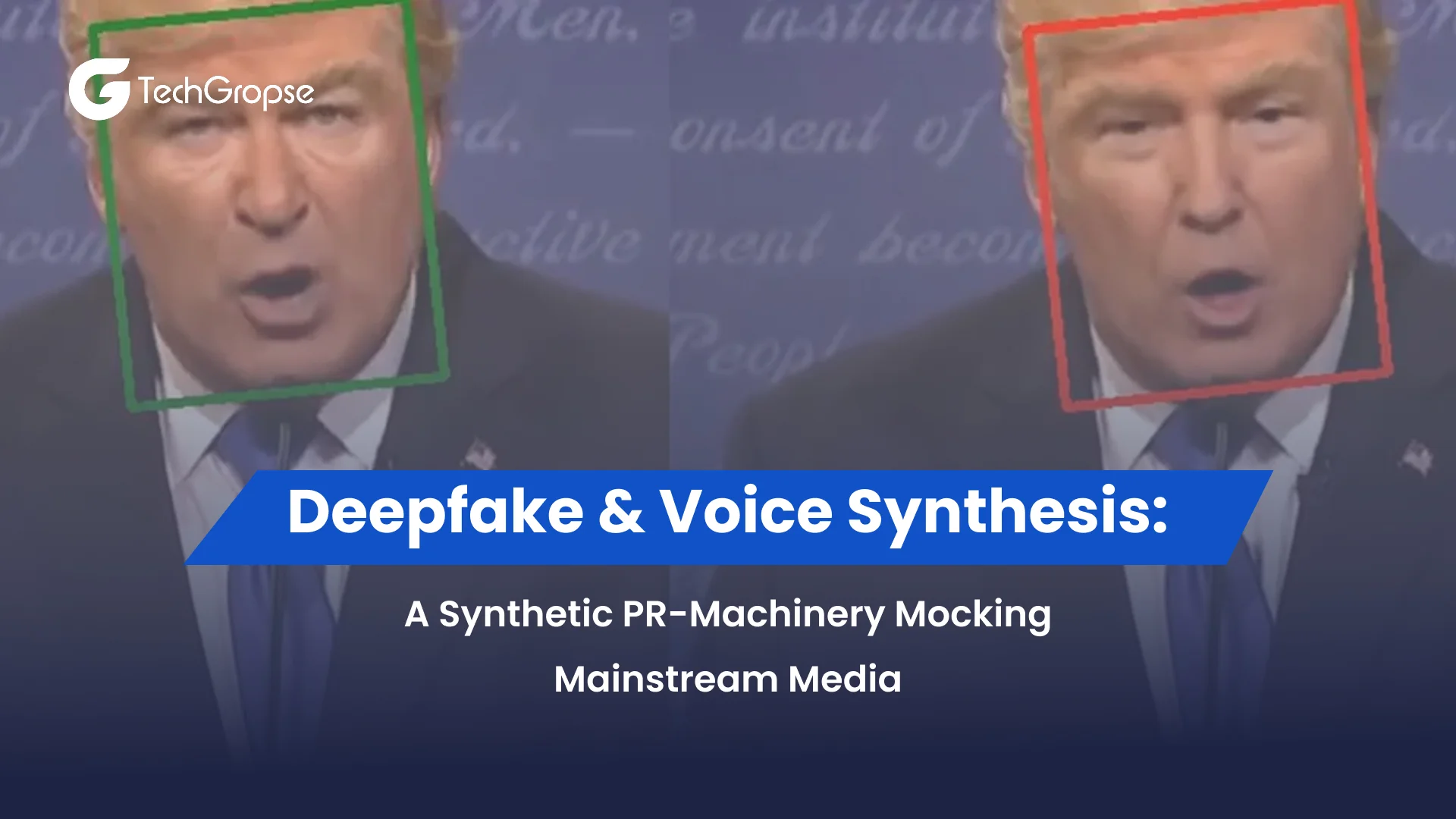The past has seen empires rise and fall, but with the surge of technology to make human lives better and more efficient, the past has also witnessed programming languages come and go. However, in this case, one language did become a legend and they call it the ‘Python’.
Ever since its emergence which dates back to the early 1990s, Python managed to hold and deliver by the crown of best programming language to develop with. As a matter of fact, it bagged the position of bringing #2 in the Tiobe’s index for a programming language, racing far ahead from C#, C++, and even Visual Basic.
It is believed that Python’s versatility and the pool of frameworks make it a developer’s number one choice as a programming language. Here we are to discuss in brief the best Python web application framework which you can use for your next development project.
Want to learn more about Frameworks of Python for Web and App Development in atlanta? Check out: mobile app development frameworks atlanta
Standing out as one of the most popular programming languages in the world of web and app development, Python has become a label for efficiency and readability. As a leading app development company, we understand the value of using reliable language. There are various frameworks that the developers can use as per their preference in specialties and features. Some of them are-
Django
Info- One of the finest choices for Android, iOS app development, Django comes from the full-stack Python framework with the latest release – 2.1 version, commonly used release – 1.8, 1.6 version. Worked by experienced engineers, Django is a well-known Python web framework that permits fast, perfect and logical plan improvement. Django handles a significant part of the intricacies of web development, so you can zero in on composing your application without a need to waste time. It’s free and open source.
Need nearshore Frameworks of Python for Web and App Development in Dallas? Explore mobile app development frameworks in Dallas, texas
To plan objects to an information base table, Django utilizes ORM and the equivalent is utilized to move from one data set to another.
It works with platforms such as Oracle, MySQL, PostgreSQL, SQLite, and more.
Features-
- It gives assistance with URL routing
- The authentication that Django provides is unbeatable
- Django comes with Database schema migration specialties
- ORM (Object-relational mapper)
- For ease of development, it also comes with a template engine
Flask
About- Flask comes from the family of Non-Full-stack category of python frameworks. It comes with a release of 1.0.2 which was released on 2018-05-02. It is named a miniature system as we don’t need specific libraries or other tools. Nonetheless, carafe upholds numerous expansions which expand the application as though they were executed in Flask itself. Expansions exist for object-social mappers, structure approval, transfer dealing with, different open verification innovations, and a few basic systems-related tools.
Need nearshore Frameworks of Python for Web and App Development in chicago? Explore most popular mobile app development Frameworks in chicago
Features-
- It provides integrated support for unit testing
- Another feature is Restful request dispatching
- For the best possible outcomes, Flask comes with a development server and debugger
- To provide the best end results, Flask Uses Jinja2 templating
- It takes cares of the cookies
- Another brilliant feature of Flask is that it comes with Unicode-base
- 100% WSGI 1.0 compliant
- Extensive documentation
- Google App Engine compatibility
- Extensions available to enhance features desired
Web2py

About- Web2py is birthed from the Full-stack framework family. Its release is 2.17.1 which first emerged on 2018-08-06. This is a framework to have won an award for being a full-stack web development that delivers fast and scalable app development services. Web2py comes integrated with a code editor. It also puts forward a one-click application deployment along with a debugger.
Want to learn more about Frameworks of Python for Web and App Development in san francisco? Check out: mobile app development frameworks in San Francisco CA
Features-
- It is because of the no installation and configuration that Web2py is considered fairly easy to run.
- It has been known to work on several operating system platforms. Some of them include- Windows, Unix/Linux, Mac, Google App Engine, and almost all web hosting platforms through Python 2.7/3.5/3.6/ version.
- This framework can easily communicate with MySQL, MSSQL, IBM DB2, Informix, Ingres, MongoDB, SQLite, PostgreSQL, Sybase, Oracle, and Google App Engine to deliver high-end app and web development results.
- It safeguards the development process by standing against Cross-Site Scripting, Injection Flaws, and Malicious File Execution.
- Supports mistake following and internationalization.
- Various conventions comprehensibility.
- Utilizes fruitful computer programming rehearses that make a code simple to peruse and keep up.
- Guarantee client arranged headways through in reverse similarity.
Pyramid
Info- Pyramid belongs to the non-Full Stack Frameworks category. Its release is 1.9.2 and was released on 2018-04-23. Now even though it is believed that Pyramid is a small Python web framework, developers have been fond of its fast and down-to-earth attitude. As a matter of fact, Pyramid is a part of Pylons Project and is licensed under a BSD-like license. Its major highlight is that Pyramid can turn the entire process of real-world web application development and deployment really exciting and more fun. The results developed by Pyramid are more accessible and definitely more productive.
Want to learn more about Frameworks of Python for Web and App Development in New York? Check out: mobile app development frameworks new york
Features-
- Simplicity − Anybody can begin to work with it with no earlier information about it, which can be really useful to developers who have just begun.
- Minimalism −Very unusual but in all the good ways, Pyramid accompanies just some significant apparatuses, which are required for pretty much every web application, may it be security or serving static resources like JavaScript and CSS or joining URLs to code.
- Documentation − Incorporates elite and exceptional documentation.
- Speed −Quick and precise.
- Reliability − It is created, remembering that it is a traditionalist and tried thoroughly. If not tried as expected, it will be considered broken.
- Openness − It is made available in the market with an open permit.
Dash

Info- Dash belongs to the ‘other’ category of Python web frameworks and is of release 0.24.1, core dash backend. Dash is an open-source library that is used for developing interactive web-based visualization. It was created by the plotly team with an objective to turn out as an open-source framework that could boost Flask, React.js, and plotly.js to build custom data visualization apps. The prime highlight of this library is its feature that allows developers to build web applications that are fiercely interactive with the use of Python code. All kinds of developers love this framework but it has been found that developers who have just started with web development have a special place for python web framework in their hearts.
Need nearshore Frameworks of Python for Web and App Development in los angeles? Explore mobile app development frameworks in los angeles
Applications developed by Dash are inherently cross-platform, i.e, they can work on both Linux/Win/Mac. It is because of its mobile-friendliness and the capabilities of applications that the work through can be extended by the rich set of Flask Plugins.
Also read: Go Vs Rust, the programming language battle
Features-
- It put forwards to ease the access to configurable properties and Flask instance
- With the assistance of plugins, the functioning of the Dash application can be extended.
- Dash framework is always Mobile-ready
Python frameworks like Django and Flask are powering modern web and app development. Partnering with a dynamic mobile app development company in Atlanta, Chicago, Los Angeles, Houston, Dallas, San Francisco, New York, or Texas can help you leverage these frameworks to build scalable and efficient applications.









